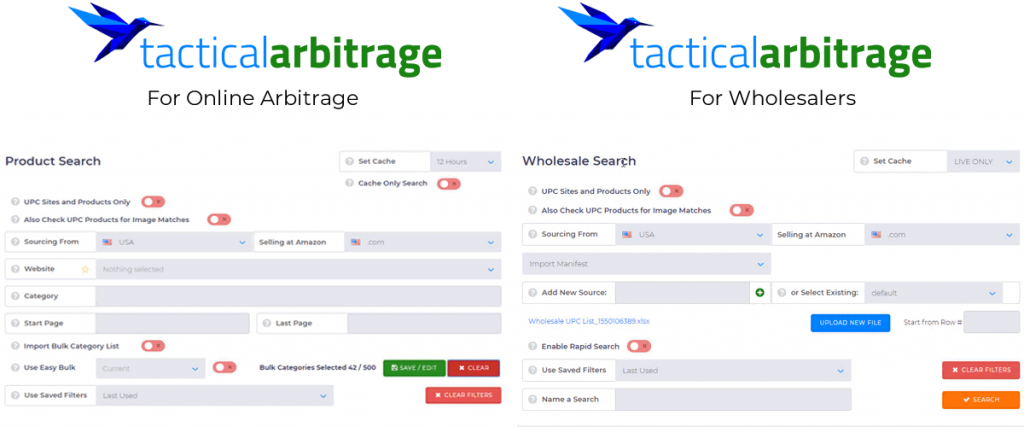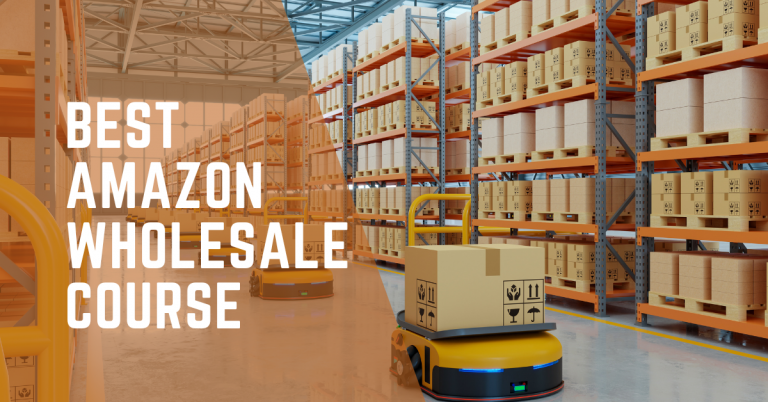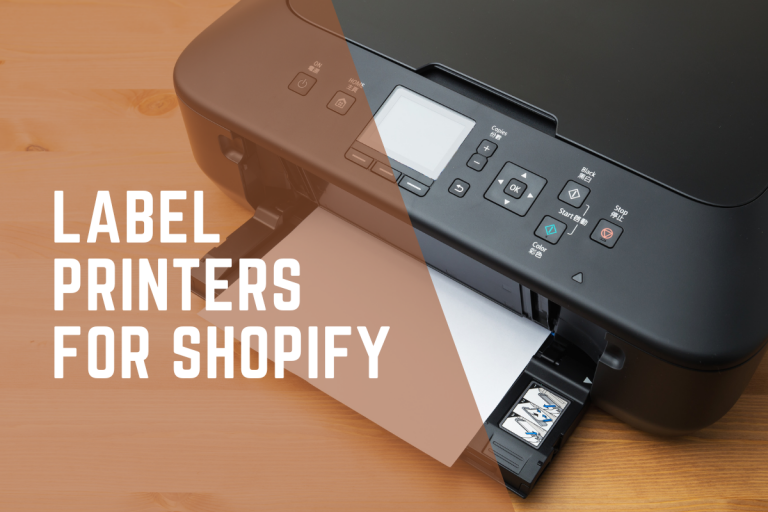Amazon Arbitrage 101: How To Start Amazon Arbitrage
Amazon arbitrage is a way to make money by buying products at one low price, and then selling them on Amazon for a higher price. It takes advantage of pricing differences between what you can buy an item for at stores or from wholesalers compared to what that same item sells for on Amazon.
The basic idea is simple. First, you find products being sold for cheap at stores, clearance sales, or directly from suppliers. Next, you check if that same product sells for more money on Amazon after accounting for Amazon's seller fees. If the numbers work out, you buy the cheaper products and list them for sale on Amazon at a higher price. When it sells, you ship the item to the customer and pocket the profit difference. It takes work to source inventory and list products, but Amazon arbitrage allows you to capitalize on pricing imbalances.
What Should You Know About Amazon’s Selling Policies?
Amazon requires all third-party sellers to follow strict selling policies. Breaking these rules can cause account suspensions or even permanent bans.
Product and Listing Requirements
Amazon dictates what types of products can and cannot be sold on their platform. Generally, products must be new, and sellers cannot list used, counterfeit, illegal, or prohibited items. There are also detailed guidelines around product condition descriptions, listing product identifiers like UPCs/GTINs, and prohibited product claims related to certifications or testing data.
Restricted Product Categories
Amazon sets clear rules on the types of products that can be sold on its platform. Sellers must offer new items and avoid listing used, fake, illegal, or banned products. Rules also cover how to describe product conditions, the need to include product identifiers like UPCs/GTINs, and rules against making false claims about certifications or testing results.
Read more: https://sellercentral.amazon.com/gp/help/external/G200376970
In a nut shell:
- Products that violate Radio Frequency Devices and Laser Products policies.
- Items with altered or removed serial numbers.
- Devices intended to block or interfere with law enforcement signals or descramble cable or satellite TV.
- Products promoting or facilitating copyright infringement.
- Electronics that improperly unlock cell phones or modify SIM cards.
- Streaming media players that enable unauthorized access to digital media.
Pricing, Fees, and Buyer Experience
Some product categories need Amazon’s direct permission before sellers can list them. These categories include professional beauty supplies, food items, car parts, and large home appliances.
To sell these products, sellers often have to show invoices, supplier information, and other proof that they are authorized to sell these items. This is commonly known as Amazon Brand Ungating.
Intellectual Property Rights
You cannot sell products that infringe on trademarks, copyrights, or patents owned by brands or other rights holders. Strict policies prohibit listing counterfeit items or violating terms around using brand names/logos in titles/descriptions without permission.
Read More: https://sellercentral.amazon.com/gp/help/external/ZZRU3JSNQTZ3UGDC
Amazon takes this very seriously and they have their own programs to fight counterfeits: Transparency, Project Zero and others.
Where Can You Source Your Inventory?
Succeeding as an Amazon seller largely depends on profitably sourcing inventory. There are four main methods to acquire products for resale.
In-Person Sourcing (Retail Arbitrage)
Going to physical stores like Walmart or Target to find items at discount prices for resale on Amazon characterizes retail arbitrage. Sellers must understand the market, check if items can sell at a profit online, and account for all costs.
This approach demands knowledge of market trends and profitability calculators. It’s time-consuming but allows sellers to take advantage of in-store sales. Success requires discipline in data analysis, accounting, and managing inventory space.
Classical retail arbitrage physical sites include Walmart (especially clearance corners), Target, Costco, Mom&Pop stores… there’s a great book on that called https://www.toyfolio.com/
Online Sourcing (Online Arbitrage)
This method involves finding discounted items online to resell on Amazon. Sellers might use websites or tools that alert them to price drops across the web.
Online sourcing’s benefit is the ability to search many deals from home, though it faces stiff competition. Success hinges on identifying deals quickly and managing shipping costs and sales tax issues.
You can use tools such as Actorio, Tactical Arbitrage (this is the best one, if you ask me), arbiversity.com, OA Beans, Arbisource and others.

Wholesale Sourcing
Purchasing directly from manufacturers or distributors in bulk at wholesale prices represents another sourcing strategy. Unlike arbitrage, wholesale aims for consistent low-cost purchasing to sell at retail prices.
Wholesale needs more initial investment but can yield higher per-unit profits. It allows for more product selection control, relying on sales research and efficient inventory management.
Liquidation/Clearance Lots
Buying bulk lots of overstock or returned items from retailers or distributors is another sourcing route. These lots might come from Amazon returns or store clearances and offer inventory at very low prices.
The challenge with liquidation is the uncertainty about the inventory mix, which may include unsellable or damaged items. Success in this area requires skill in evaluating inventory lists, recognizing value, and managing large quantities of mixed items. Liquidation can be highly profitable for those who excel in it.
You can use sites like BStocks or Wholesale2B. Those two are the main ones I know.
Should I Use Amazon FBA or Fulfill Orders Myself?
Choosing between Amazon’s FBA program and fulfilling orders yourself (FBM) is a crucial decision for Amazon sellers.
Amazon FBA
FBA means sending your products to Amazon’s warehouses. Amazon then manages the picking, packing, and shipping of orders, plus customer service and returns. This option offers Prime shipping, wide fulfillment network access, easy returns, and customer service. The downside includes higher fees for fulfillment and storage.
Fulfillment by Merchant (FBM)
FBM allows you to keep and manage inventory, handling all orders, customer service, and returns. This option gives more control and lower fulfillment costs but adds responsibility for shipping and customer interaction.
For new or small sellers, FBA simplifies operations and enhances listing visibility. For those with growing sales, FBM can offer cost savings and greater control, assuming you can maintain Amazon’s service standards.
Many sellers blend FBA and FBM, using FBA for high-demand items and FBM for slower or larger products. Deciding the best approach requires analyzing FBA fees, your fulfillment costs, and performance data.
Wrap it up – How To Start Amazon Arbitrage
- Read Amazon’s selling policies to make sure you know the rules for sourcing inventory, listing products, and order fulfillment.
- Look for items on sale or clearance at stores, online, or in liquidation pallets. Use profit calculators to see if selling them on Amazon after fees is profitable.
- Check the Best Sellers Rank on Amazon for products you’re interested in. Products with lower ranks generally sell better. Stay away from items with high ranks.
- After finding profitable items, buy the inventory from stores or wholesalers.
- Create listings on Amazon for your products. Make your listings stand out with good titles, bullet points, and images.
- If using FBA, send your inventory to Amazon’s warehouses for them to handle shipping.
- Ship orders quickly, answer customer questions, and handle returns well to earn positive reviews.
- Keep track of your sales, seller metrics, and profit margins. Invest more in products and sourcing methods that are working well.






Anyone heard about any good course for arbitrage?=
What tools do you use?